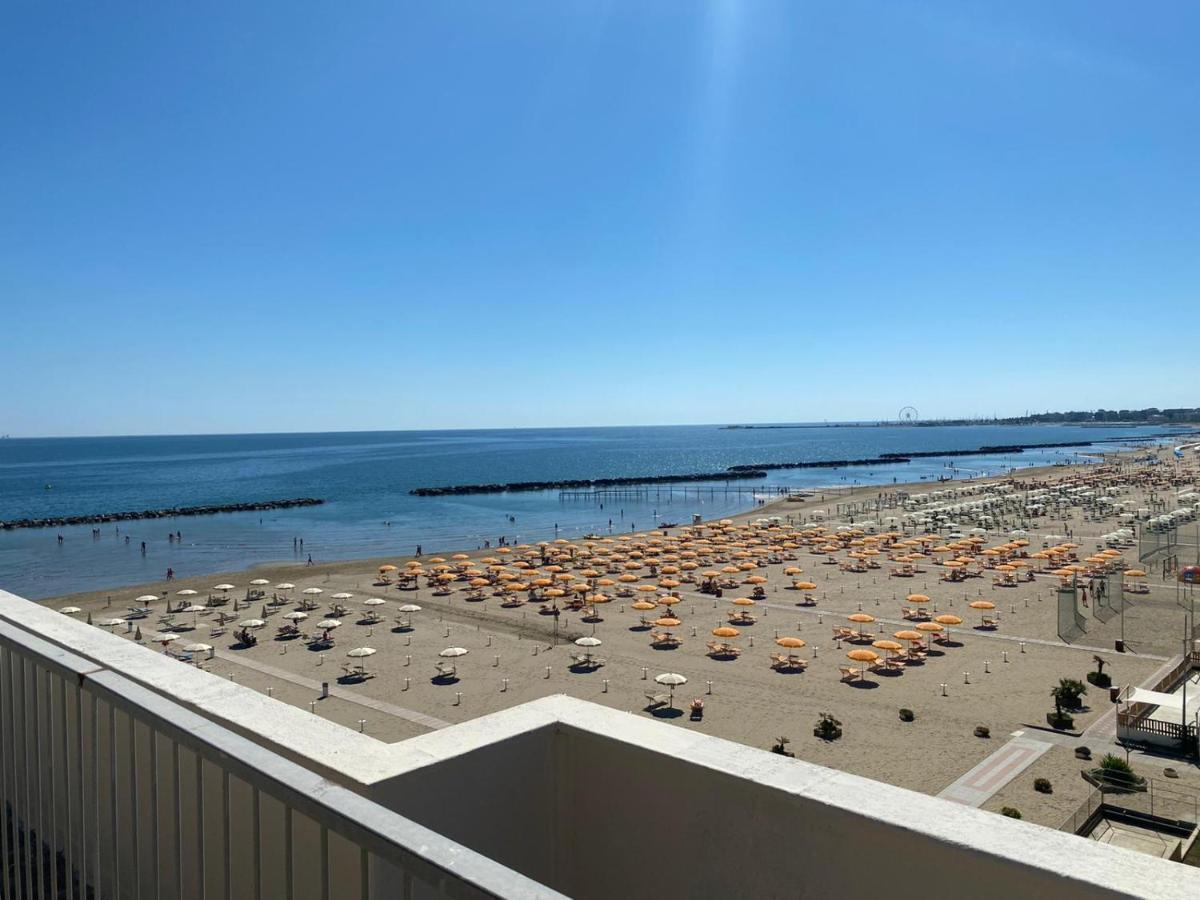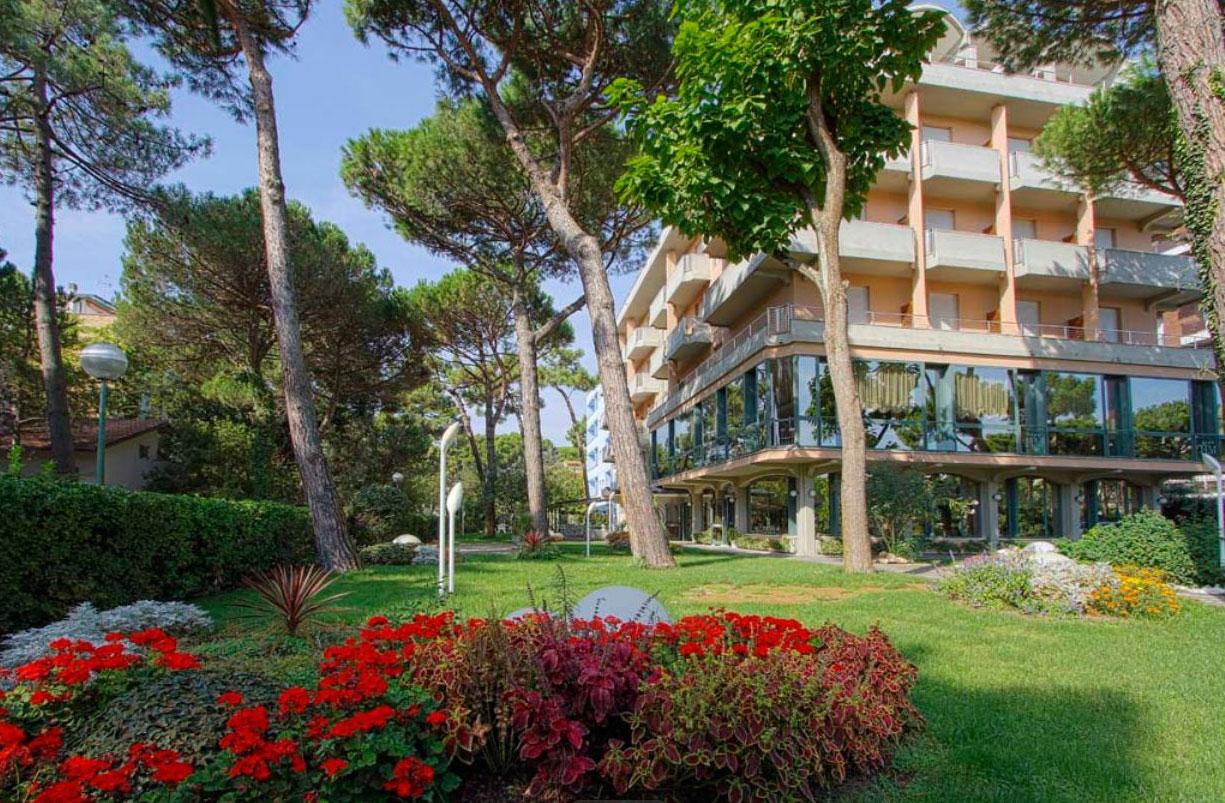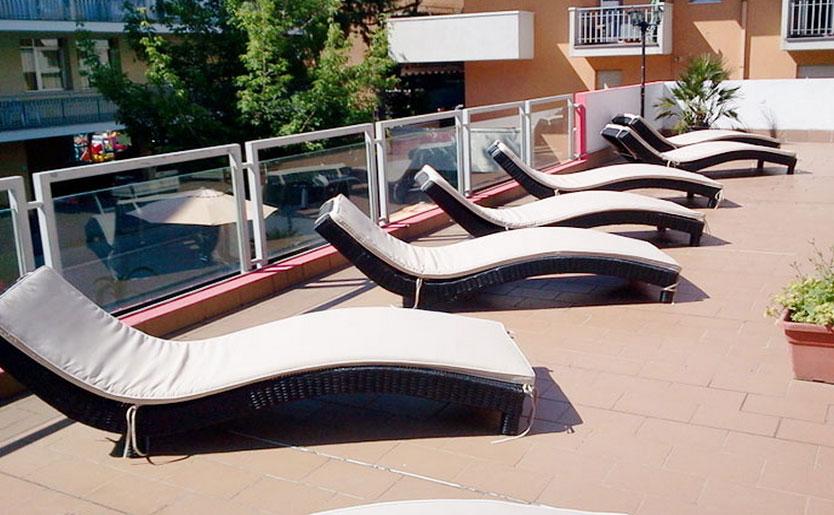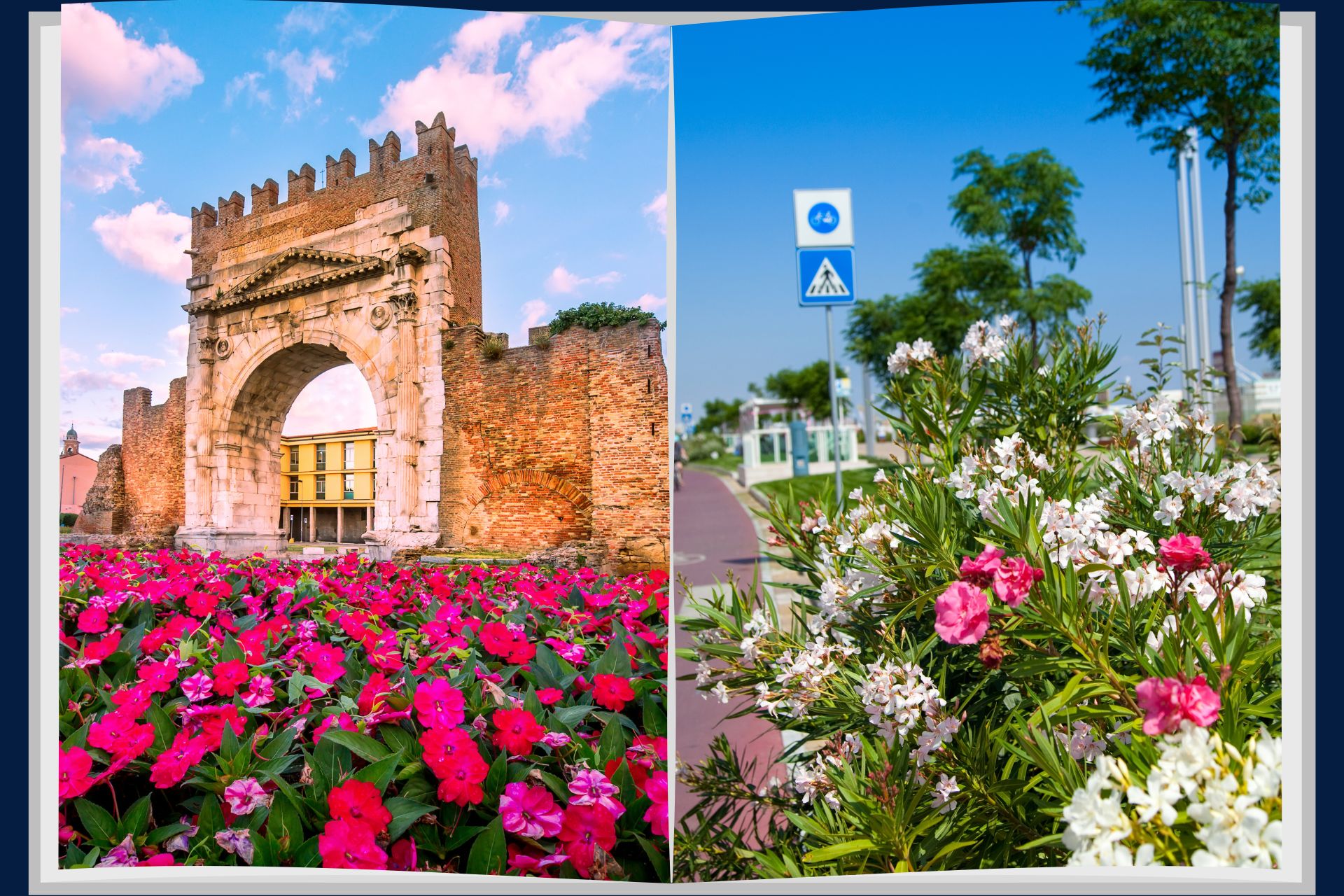La Monumental Fountain of Faenza is one of the oldest and most fascinating symbols of the city, and a shining example of baroque art applied to theurbanism. Located in the heart of Freedom Squarenext to the Cathedral and the Palace of the Podesta, this fountain is not just a decorative element, but a true identity centre for the people of Faenza.
La fountain was realised in 1621 designed by architect Domenico Castelliknown as 'il Fontanino', collaborator of Carlo Maderno and also active in Vatican construction sites. The original project was commissioned by the Papal Legate Giovanni Garzia Melliniwith the aim of providing the city with a public work that was both functional and celebratory. Water, a precious commodity and symbol of life, was thus channelled and enhanced through a scenographic structure destined to last for centuries.
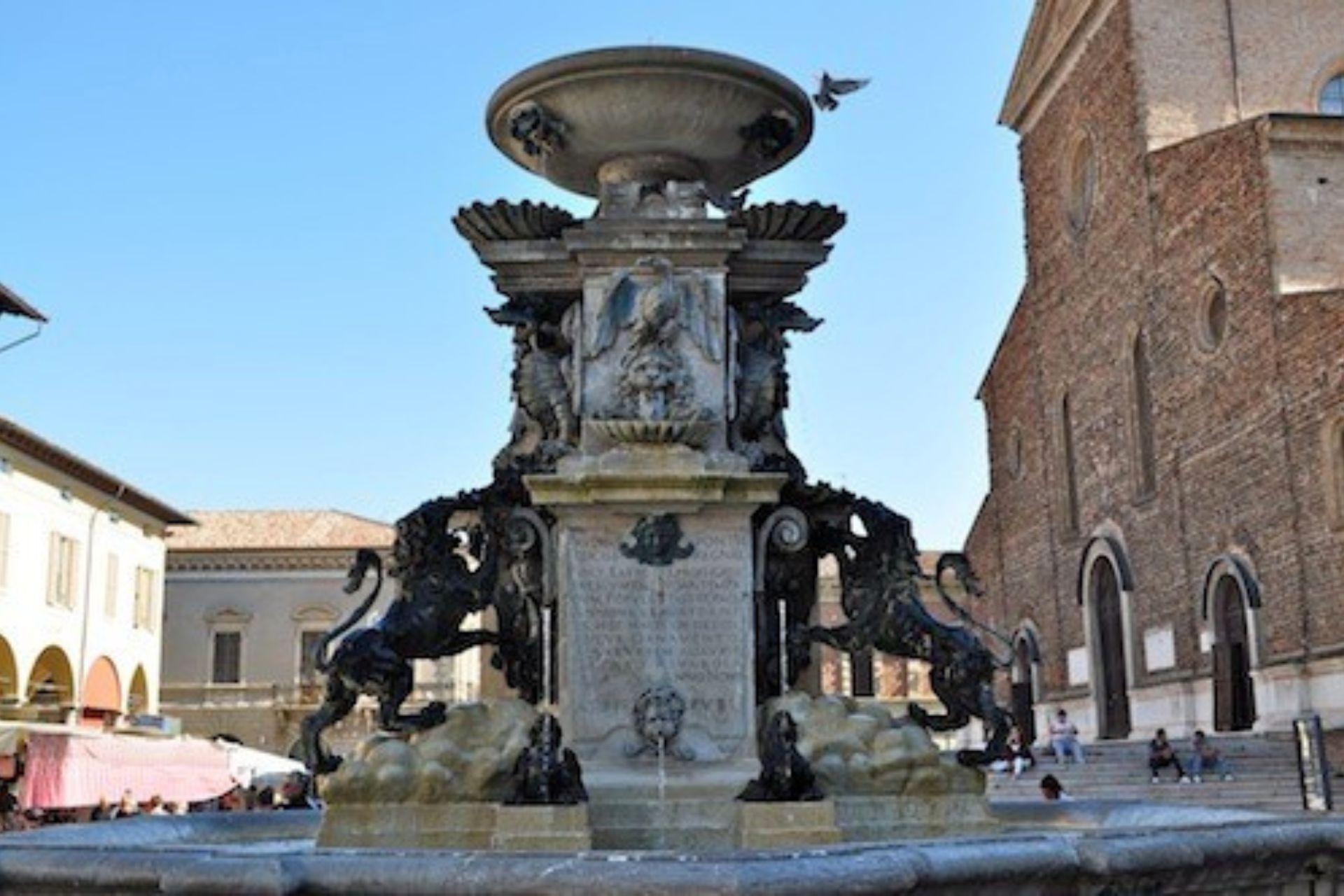
La structure of the fountain is composed of a octagonal basin at Istrian stonevaluable and resistant material, adorned with masks, dolphins, heraldic coats of arms e marine motifs sculpted with great refinement. In the centre of the pool stands an elegant obelisk topped by a bronze spheresymbol of cosmic harmony and of universal power. The gushes of waterflowing from the sculpted mouths, create a dynamic and spectacular effect, accentuated by the reflection of sunlight on the marble surfaces.
La water function of the fountain was originally fed by a underground aqueductwhich drew water from springs upstream of the city. This refined and durable engineering system represents an example of technical excellence of the time. Even today, although modernised, the hydraulic circuit retains part of its original layout.
Over the centuries, the Monumental Fountain became a witness and protagonist of the public life of Faenza. From religious celebrations to civil events, from popular festivals to historical gatherings, the fountain has always represented a meeting point and a symbolic place for the community. In particular, during the Palio del Niballothe fountain is often decorated and highlighted, making it even more central to the city's dynamics.
His conservation has undergone numerous interventions over time, including a major restoration in the 20th century that allowed for the recovery of damaged parts and the restoration of the functionality of the hydraulic system. Today, the fountain is monitored and maintained thanks to careful care by the municipal administration and cultural organisations.
In addition to its artistic and historical value, the Faenza Monumental Fountain has a high sentimental value for citizens: it is the backdrop for photographs, meetings, daily walks and moments of celebration. It is the place where the continuity between generations, a living monument combining past and present, beauty and function.
To visit Faenza without stopping to admire this fountain is to miss an essential part of the city's identity. It is a compulsory stop on any tourist itinerary, capable of narrating with the sole force of its centuries-old stones the history, l'pride and theelegance of an entire community.

